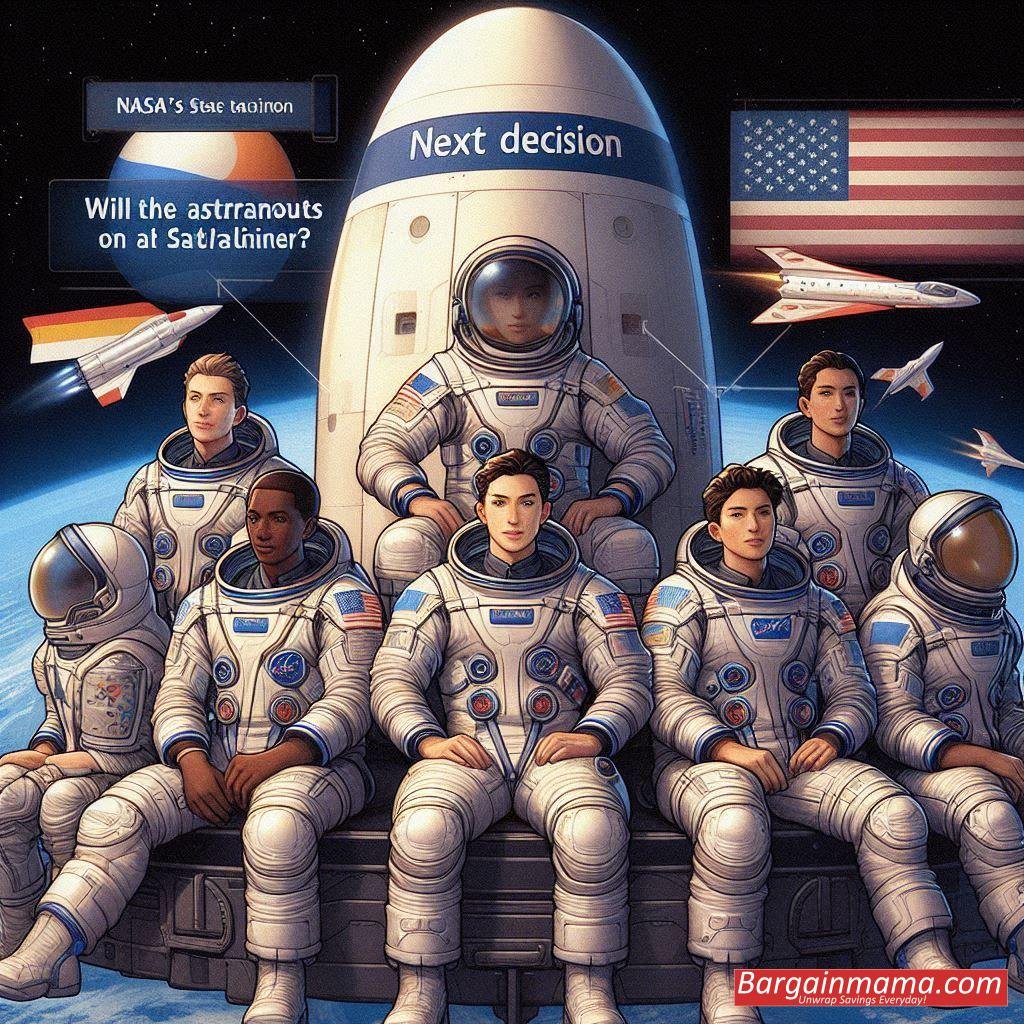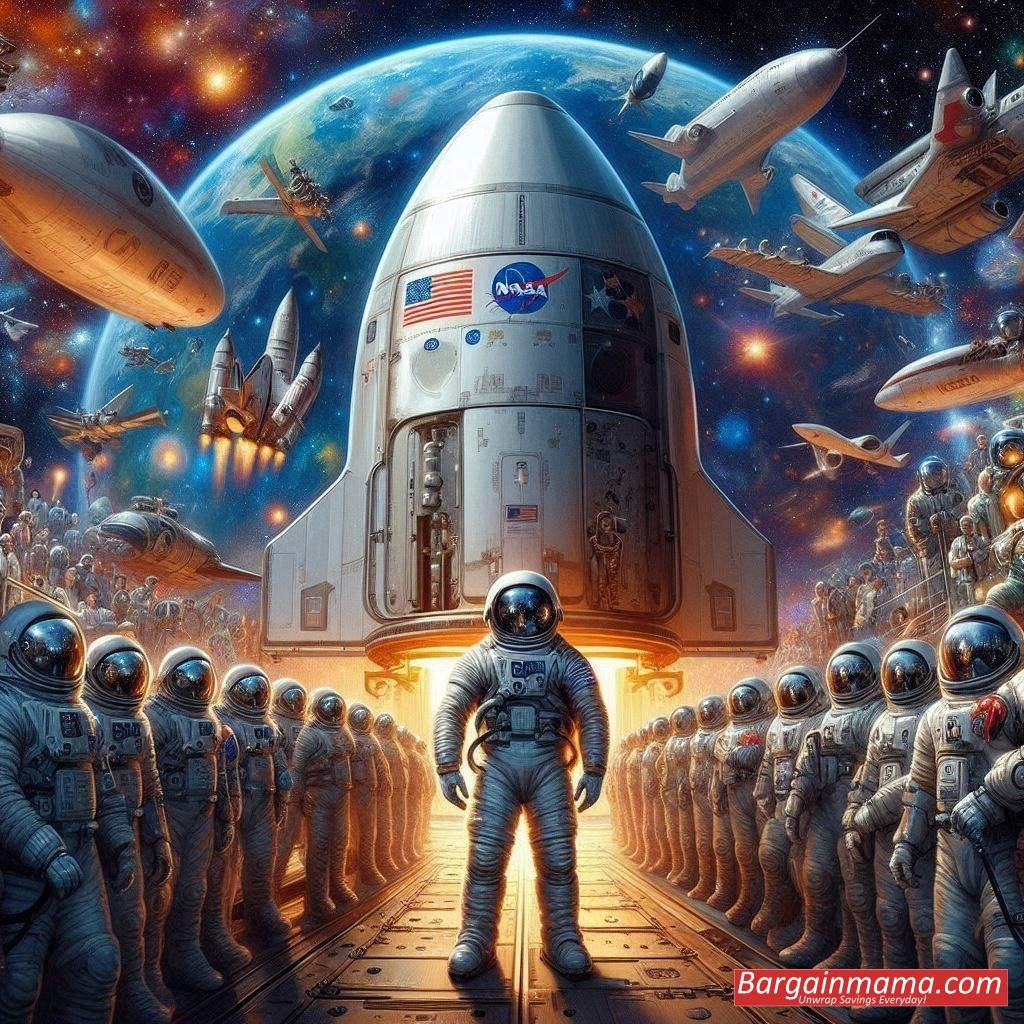On August 24, NASA will make a very important choice about the return of astronauts Butch Wilmore and Suni Williams, who are currently on the International Space Station (ISS) after travelling there on Boeing’s Starliner. Concerns about the Starliner’s safety and technical performance have led the agency to think about whether the astronauts should return to Earth on SpaceX’s Crew Dragon instead.
This is some background on Starliner’s problems.
The Starliner spacecraft’s first trip with people to the ISS took off in June on a United Launch Alliance Atlas V rocket, after being delayed several times. The mission was only supposed to last eight days at first, but problems made it last longer. The Starliner had a number of technical problems on its way to the ISS. Five of its manoeuvring engines failed, and there was a repeated helium leak that had caused launch delays in the past. These issues have made people worry about how safely the Starliner can bring the pilots back to Earth.
Since then, Boeing and NASA engineers have been doing a lot of models and tests on the ground to fix these problems and give NASA the information it needs to make sure the spaceship is safe. As a backup plan, NASA has been talking with SpaceX about the chance of getting Wilmore and Williams two seats on an upcoming Crew Dragon flight.

NASA’s Way of Making Decisions
NASA is likely to make a choice on August 24 based on the information Boeing has gathered from these tests and models. The people in charge at NASA will look at these results to decide if the Starliner is safe enough to go back. Wilmore and Williams could go back on SpaceX’s Crew Dragon as part of the Crew-9 mission if they decide it’s not.
During the decision-making process, Steve Stich, manager of NASA’s Commercial Crew Programme, stressed how important data is: “We are letting the data drive our decision making relative to managing the small helium system leaks and thruster performance we observed during rendezvous and docking.” This method shows that NASA cares about safety and is being careful because of the Starliner’s technology problems.
What the decision could mean
If NASA goes with the backup plan, the Starliner would come back to Earth without any people on board. Boeing would be in charge of making sure the ship arrives safely. It’s possible that this situation will have big effects on Boeing’s finances and image. The company has already said that it has lost an extra $125 million because of the delays caused by the spacecraft’s return problems.
In addition, the choice could change the plans for other projects. Wilmore and Williams would go on the SpaceX Crew-9 mission if the backup plan works, but it has already been pushed back because the Starliner is taking up one of the two open astronaut capsule spots on the ISS. Wilmore and Williams could stay on the ISS for eight months instead of eight days if they go back on the Crew-9 mission. This is because the Crew-9 ship isn’t supposed to come back to Earth until February 2025.

List of Places to Watch the Announcement
A news conference will be held by NASA around 1 p.m. Eastern Time on August 24 to make the official statement. A live stream of the event will be available on NASA’s websites, NASA+, NASA Television, the NASA app, and YouTube. There will be a lot of attention on this choice because it will affect not only the astronauts on the ISS but also Boeing’s Starliner programme and NASA’s private crew efforts in the future.
Stay tuned for more information as NASA makes its choice on this important matter, which could change the way space travel is done and the relationships that help it happen.



